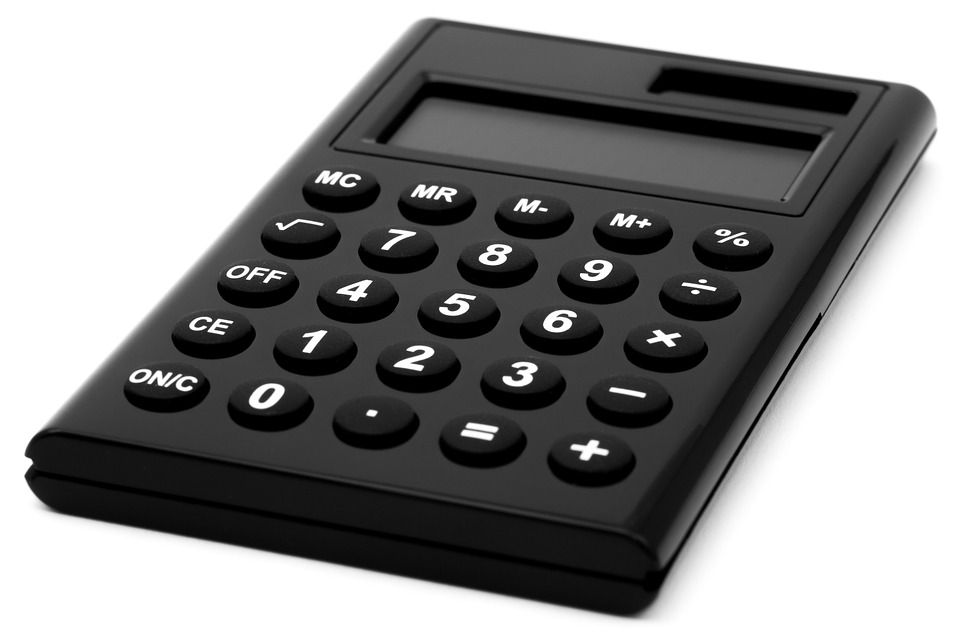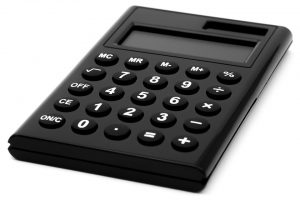
How to Calculate Working Capital in Accounting
 As a business owner, you’ll have to keep track of many different financial metrics. While most business owners and accountants are familiar with terms like gross profit, net profit and expenses, a lesser-known metric is working capital. So, what exactly is working capital and how do you calculate it?
As a business owner, you’ll have to keep track of many different financial metrics. While most business owners and accountants are familiar with terms like gross profit, net profit and expenses, a lesser-known metric is working capital. So, what exactly is working capital and how do you calculate it?
Working calculate is best described as the operating liquidity that’s available to a business. It’s a calculation that measures a business’s ability to pay off its debt with liquid assets. Working capital is classified as part of a business’s operating capital, alongside fixed assets like equipment. If a business’s assets are less than its debt (liabilities), it has a working capital deficiency, which is also known as a working capital deficit.
Maintaining a positive working capital is important for several reasons. First and foremost, it ensures that a business is able to continue its day-to-day operations, while also being able to pay off its debt. Not all business’s have positive working capital, however. Some maintain a deficiency, meaning they cannot pay off their debt with their current assets. Even if a business has a working capital deficiency, it can typically still conduct its normal operations, as lenders generally allow borrowers to pay back loans in small increments instead of all at once.
A positive working capital also makes it easier to obtain additional loans. If you’re looking to grow or otherwise expand your business, you may seek a loan from a bank or financial institute. Not surprisingly, lenders look at a business’s working capital to determine whether or not they are a suitable candidate for a loan. If a business has a working capital deficit, the lender may reject its application for a loan. But if it has a positive working capital, the business is more likely to get approved for a loan.
To calculate working capital, you’ll need to subtract your business’s current liabilities from its assets. If you have $100,000 in assets and $50,000 in debt, your “net” working capital is $50,000 ($100,000 – $50,000 = $50,000). A business with a working capital deficit has a negative number. For instance, a business with $100,000 in assets and $150,000 in debt has a working capital deficit of $50,000. It’s a simple formula that can easily reveal a business’s ability to pay off its debt.
Hopefully, this gives you a better understanding of working capital. The key thing to remember is that working capital is calculated by subtracting your current liabilities from your assets.
